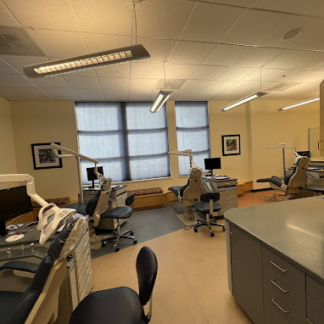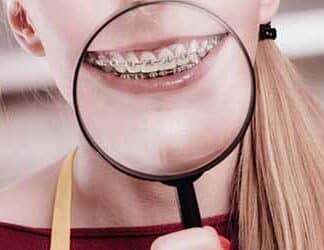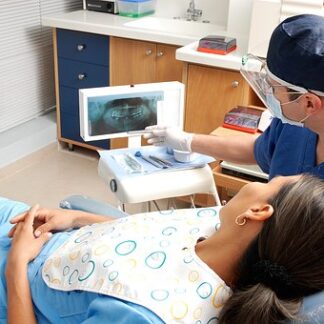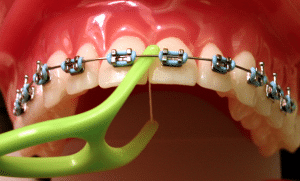Braces vs. Invisalign®: What’s the Best Option for Your Smile?
At Columbia Orthodontics, our Vancouver orthodontist specializes in creating healthy, confident smiles for patients of all ages. One of the most common questions we receive from new patients is: “Should I choose braces or Invisalign® for straighter teeth?” While we don’t promote a one-size-fits-all solution, our goal is to provide clear, expert guidance so you […]
Read More







